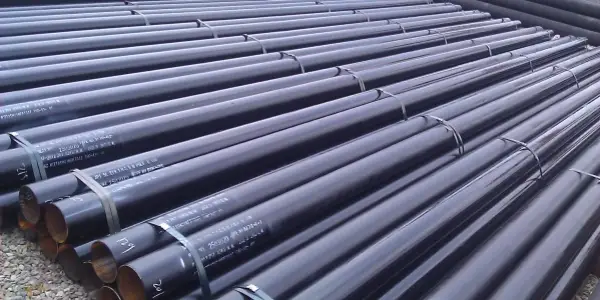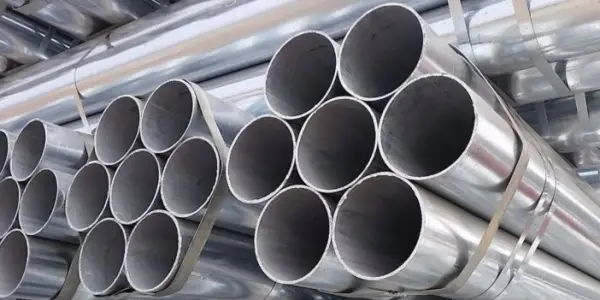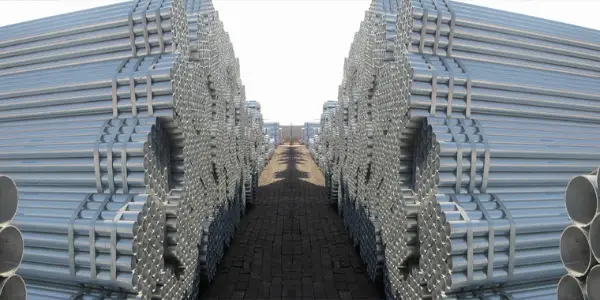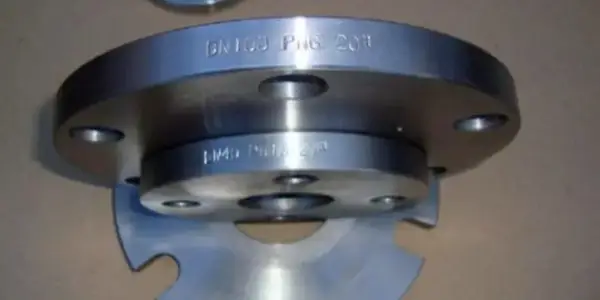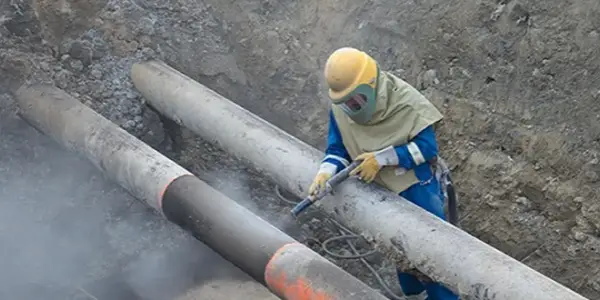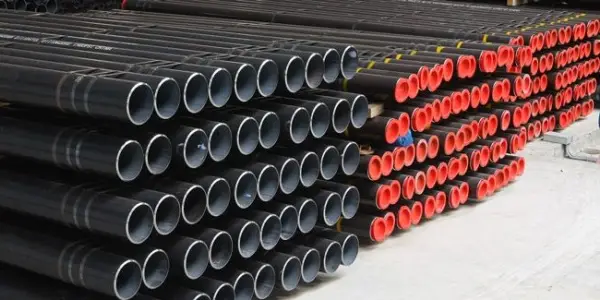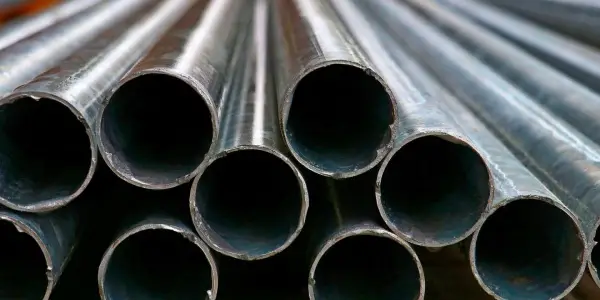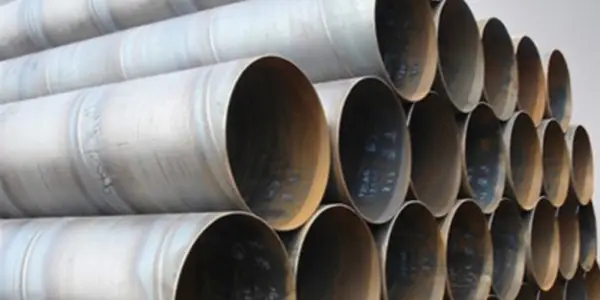-
API X42 VS X52 Pipe
Grades covered by API 5L standards are A25, A, B and "X" Grades such as X42, X46, X52, X56, X60, X65, X70, X80 and so on. The two-digit number following the "X" indicates the Minimum Yield Strength (in 000's psi) of pipe produced to this grade. Some people really confused about the X42 and X52, today here I will show you the comparison between them.
Read More
-
Two Forms And Application Examples Of Stainless Steel Welded Pipe
Tainless steel welded pipe is a pipe made of stainless steel plate or strip crimping after forming and welding, simple production process efficiency, low cost and variety of specifications, but generally low strength than seamless steel pipe. However, with the continuous progress of production technology, the quality of stainless steel welded pipe is getting better and better, in many respects it has replaced the original seamless steel pipe.
Read More
-
Hot Dipped Galvanization & Pre-Galvanizing
Differences between hot dipped galvanization & pre-galvanizing:
1. Application comparison
Hot dipped galvanization is an economical choice if you are finding a solution that can be executed on both simple and complex shapes. It is often used on objects that have been fabricated beforehand but yet to be galvanized and the hot-dipped galvanization plays as the last step.
Read More
-
EN10219 S355NH LSAW pipe
EN10219 S355NH LSAW pipe Other Name:
EN10219 S355NH LSAW pipe, EN10219 grade pipe, S355NH LSAW pipe
Read More
-
Swivel Flange Structure Function And Application
I. Function of Swivel Flange
Swivel flange is a rotatable connector consisting of two parts: flange disk and swivel joint. Its main functions are as follows:
Read More
-
What Is Underground Coated Steel Pipe
Many people often confuse plastic coated pipes and 3PE anti-corrosion pipes because they are very similar with their appearance. Coated plastic pipe, also known as underground coated steel pipe or steel-plastic composite pipe, is a steel pipe with a molten organic layer, the thickness of which is 0.5~1.0mm on the inner and outer walls, such as modified polyethylene (PE), ethylene-acrylic copolymer (EAA), epoxy (EP) powder, non-toxic polypropylene (PP) or non-toxic polyvinyl chloride (PVC). This underground coated steel pipe combines the advantages of steel and plastic. It not only has the advantages of high strength, easy connection, water impact resistance, etc., but also eliminates the disadvantages of corrosion, pollution, scaling, low strength, etc., and the poor fire resistance of plastic pipes and steel pipes in water. It provides long life, more economical design life can reach 50 years.
Read More
-
What Are The Production Processes Of Seamless Steel Pipe?
What is the production process of seamless steel pipe? Seamless steel pipes are increasingly being used in large-scale equipment installations, hydraulic machinery industry and other fields due to their characteristics and strengths. Seamless steel pipe adopts a series of high-tech manufacturing technology, which contributes to the high quality of the pipe, compared with the common steel pipe (welded pipe). So, what is the production process of seamless steel pipe? Today to understand it. The general production process of seamless steel pipe can be divided into two kinds of cold drawn and hot rolled, hot rolled, as the name suggests, the temperature of the rolled parts is high, so the deformation resistance is small, and large deformation can be realized. Take the rolling of steel plate as an example, the general thickness of the continuous casting billet is about 230mm, while after rough rolling and finishing, the final thickness is 1~20mm. at the same time, due to the small width to thickness ratio of the steel plate, the requirement for dimensional accuracy is relatively low, and it is not easy to appear plate shape problems to control the convexity of the main.
Read More
-
Fire Water Supply Pipe Material Selection (Galvanized Steel Pipe, Ductile Iron Pipe, Seamless Steel Pipe, Etc.)
The text of the key involved in many fire safety water supply equipment common pipe and fittings, in order to help the guys can be stronger understanding of the memory, to carry out a small summary of its sub-categories.
Read More
-
Ways And Means To Prevent Galvanized Pipe Pressure Groove Fracture
Hot-dip galvanized steel pipe is a kind of with hot-rolled or cold-rolled galvanized steel strip or galvanized coil as a billet by cold bending processing forming and then by high-frequency welding made of square cross-section shape dimensions of the hollow square cross-section steel pipe, or will be made beforehand cold-formed hollow steel pipe and then hot dip galvanized processing of galvanized square tube.
Read More
-
Spiral Steel Pipe Manufacturer For Piling Project
Spiral steel pipe production process for piling works: is a strip steel coil, through the normal temperature extrusion molding, using automatic double-wire submerged arc welding process, welding made of spiral welded pipe. Spiral steel pipe features: spiral steel pipe strength is generally higher than the LSAW steel pipe, you can use narrower materials to produce large diameter spiral steel pipe, the same width of the strip can also produce different pipe diameter spiral steel pipe. Spiral steel pipe has a high utilization rate and is widely used. Today we explain the following spiral steel pipe for piling project use.
Read More

 English
English Español
Español




 Tel : +86-18565811709
Tel : +86-18565811709 Email :
Email : 
